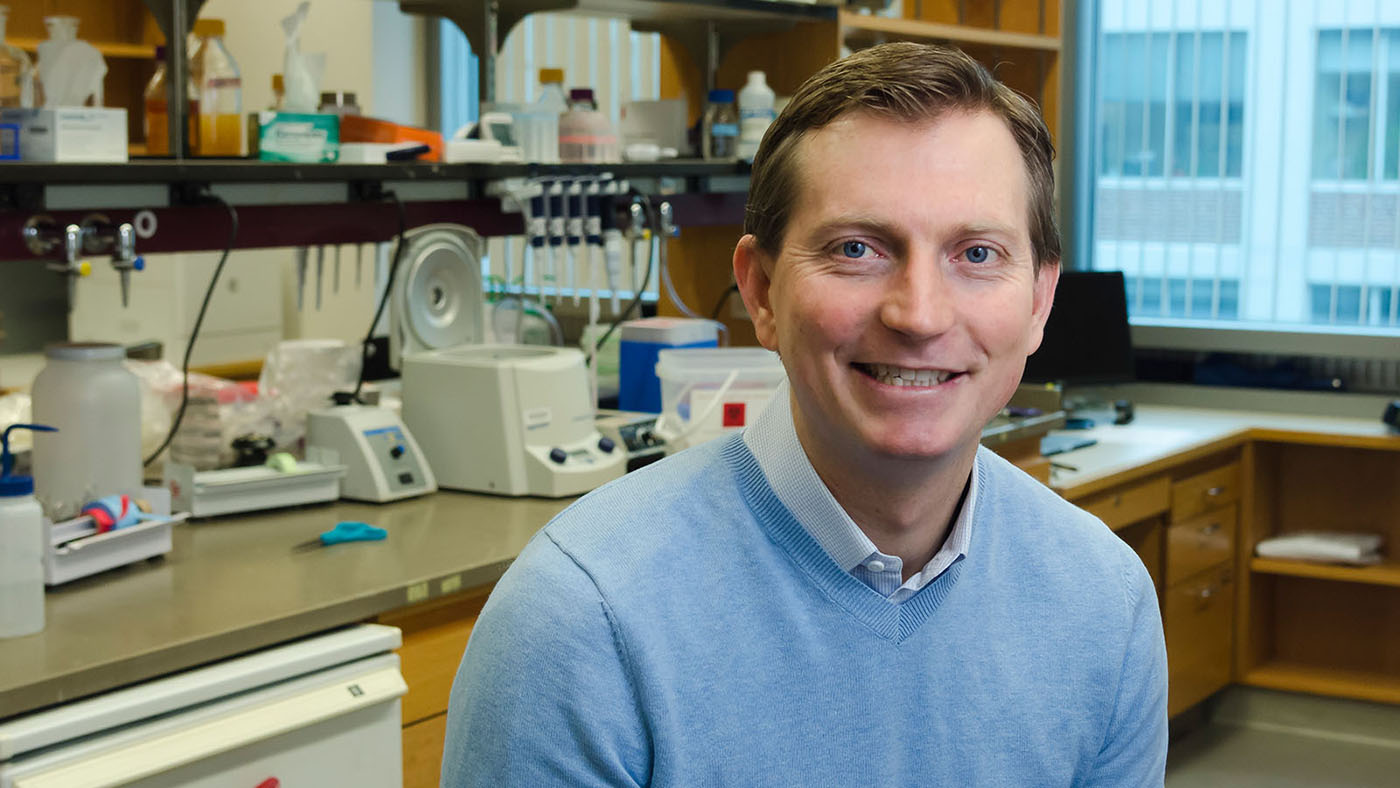Education
- PhD, 2010, MIT
- BA, 2003, Computer Science, University of California, Berkeley
- BS, 2003, Biological Engineering, University of California, Berkeley
Research Summary
The Davis lab is working to uncover how cells construct and degrade complex molecular machines rapidly and efficiently. We apply a variety of biochemical, biophysical, and structural approaches including quantitative mass spectrometry and single particle cryo-electron microscopy to understand the detailed molecular mechanisms of these processes. Ongoing projects in the lab are focused on autophagy, an essential eukaryotic protein and organelle degradation pathway, and assembly of the ribosome, which is essential in all cells.Awards
- Sloan Research Fellowship, Alfred P. Sloan Foundation, 2021
- National Institute on Aging R00 Fellowship, 2017
- National Institute on Aging K99 Fellowship, 2015
Recent Publications
- An open axial channel of the AAA ClpXP protease enhances degradation of specific classes of protein substrates. Lyu, Y, Bolstad, I, Davis, JH, Sauer, RT, Ghanbarpour, A. 2026. Protein Sci 35, e70372.
doi: 10.1002/pro.70372PMID:41432315 - Resolving structural heterogeneity in situ through cryogenic electron tomography. Carrion, J, Davis, JH. 2025. Curr Opin Struct Biol 96, 103188.
doi: 10.1016/j.sbi.2025.103188PMID:41370988 - Bulk and selective autophagy cooperate to remodel a fungal proteome in response to changing nutrient availability. Telusma, B, Farré, JC, Cui, DS, Subramani, S, Davis, JH. 2025. Cell Rep 44, 116585.
doi: 10.1016/j.celrep.2025.116585PMID:41307997 - Resolving structural dynamics in situ through cryogenic electron tomography. Carrion, J, Davis, JH. 2025. ArXiv , .
PMID:41019205 - Structural insights into the Pseudomonas aeruginosa ClpP1•ClpP2 heterocomplex and its interactions with the AAA+ ClpX unfoldase. Ghanbarpour, A, Zhang, JJ, Davis, JH, Baker, TA, Sauer, RT. 2025. Protein Sci 34, e70310.
doi: 10.1002/pro.70310PMID:40980994 - Capturing ribosomal structures in cellular extracts with cryoPRISM: A purification-free cryoEM approach reveals novel structural states. May, MB, Lopez-Perez, GS, Davis, JH. 2025. bioRxiv , .
doi: 10.1101/2025.08.21.669550PMID:40894545 - An asymmetric nautilus-like HflK/C assembly controls FtsH proteolysis of membrane proteins. Ghanbarpour, A, Telusma, B, Powell, BM, Zhang, JJ, Bolstad, I, Vargas, C, Keller, S, Baker, TA, Sauer, RT, Davis, JH et al.. 2025. EMBO J 44, 2501-2513.
doi: 10.1038/s44318-025-00408-1PMID:40082723 - Automated model-free analysis of cryo-EM volume ensembles with SIREn. Kinman, LF, Carreira, MV, Powell, BM, Davis, JH. 2025. Structure 33, 974-987.e4.
doi: 10.1016/j.str.2025.02.004PMID:40068687 - Rapid structural analysis of bacterial ribosomes in situ. Powell, BM, Brant, TS, Davis, JH, Mosalaganti, S. 2025. Commun Biol 8, 131.
doi: 10.1038/s42003-025-07586-yPMID:39875527 - A proteolytic AAA+ machine poised to unfold protein substrates. Ghanbarpour, A, Sauer, RT, Davis, JH. 2024. Nat Commun 15, 9681.
doi: 10.1038/s41467-024-53681-9PMID:39516482
Multimedia

